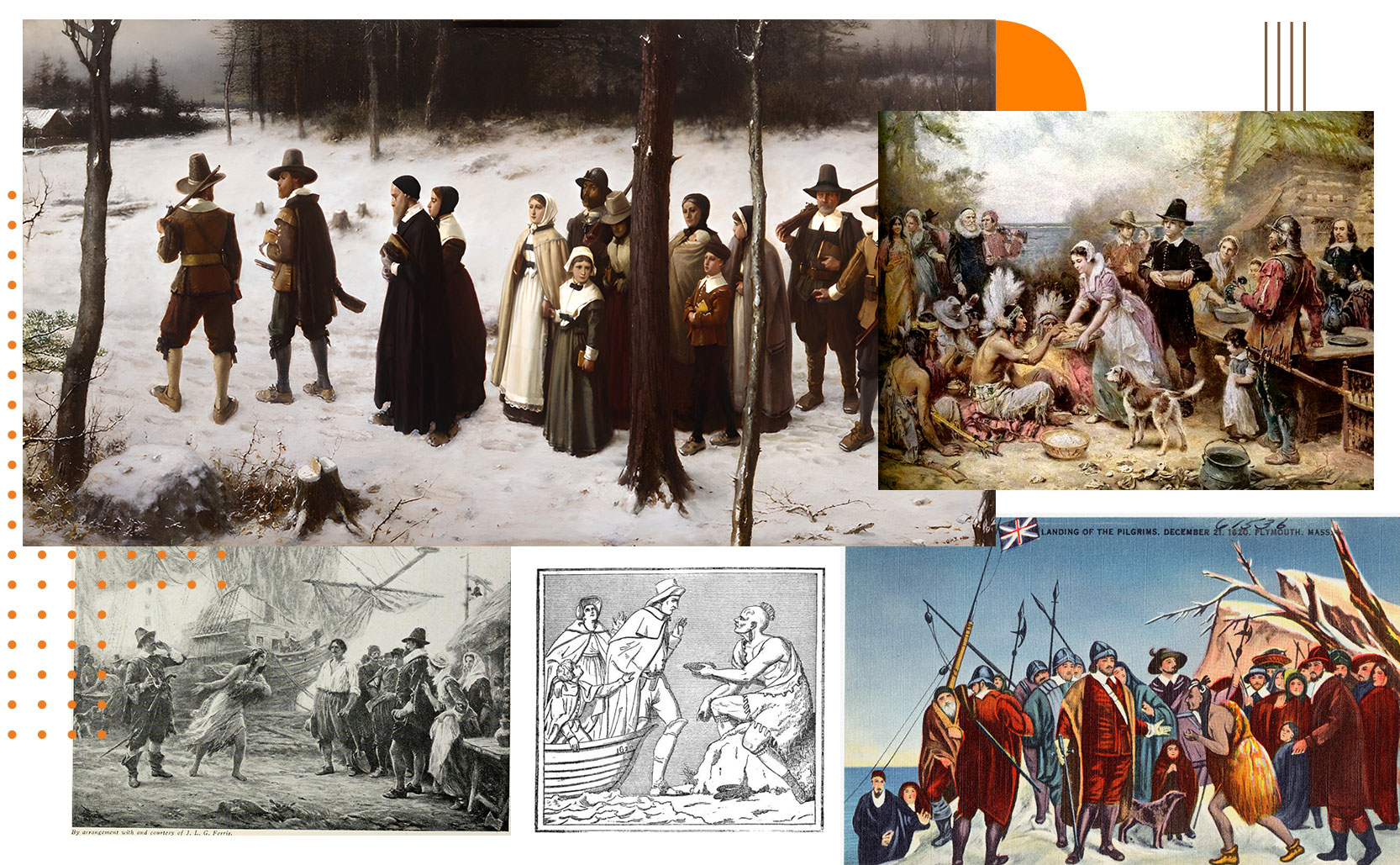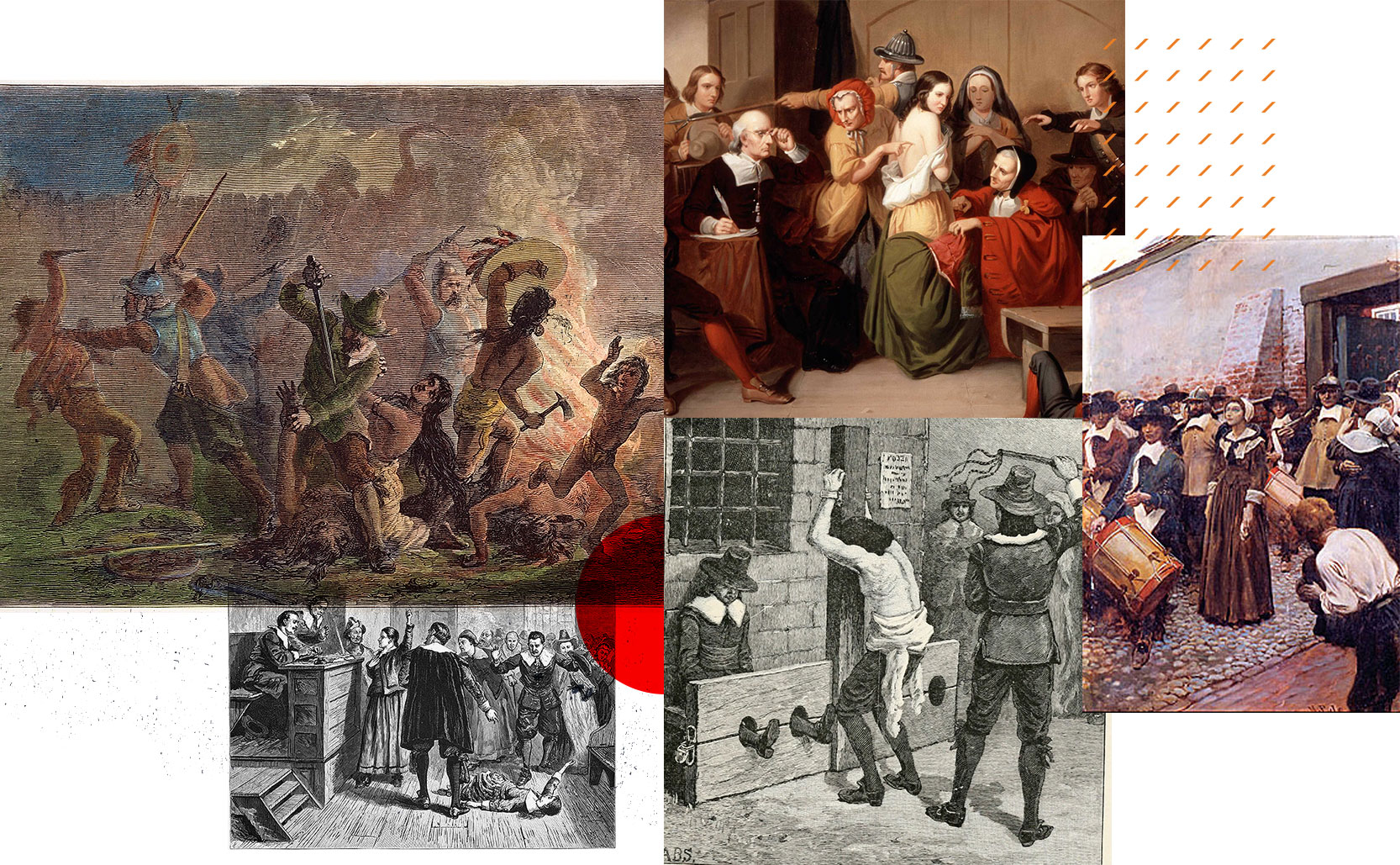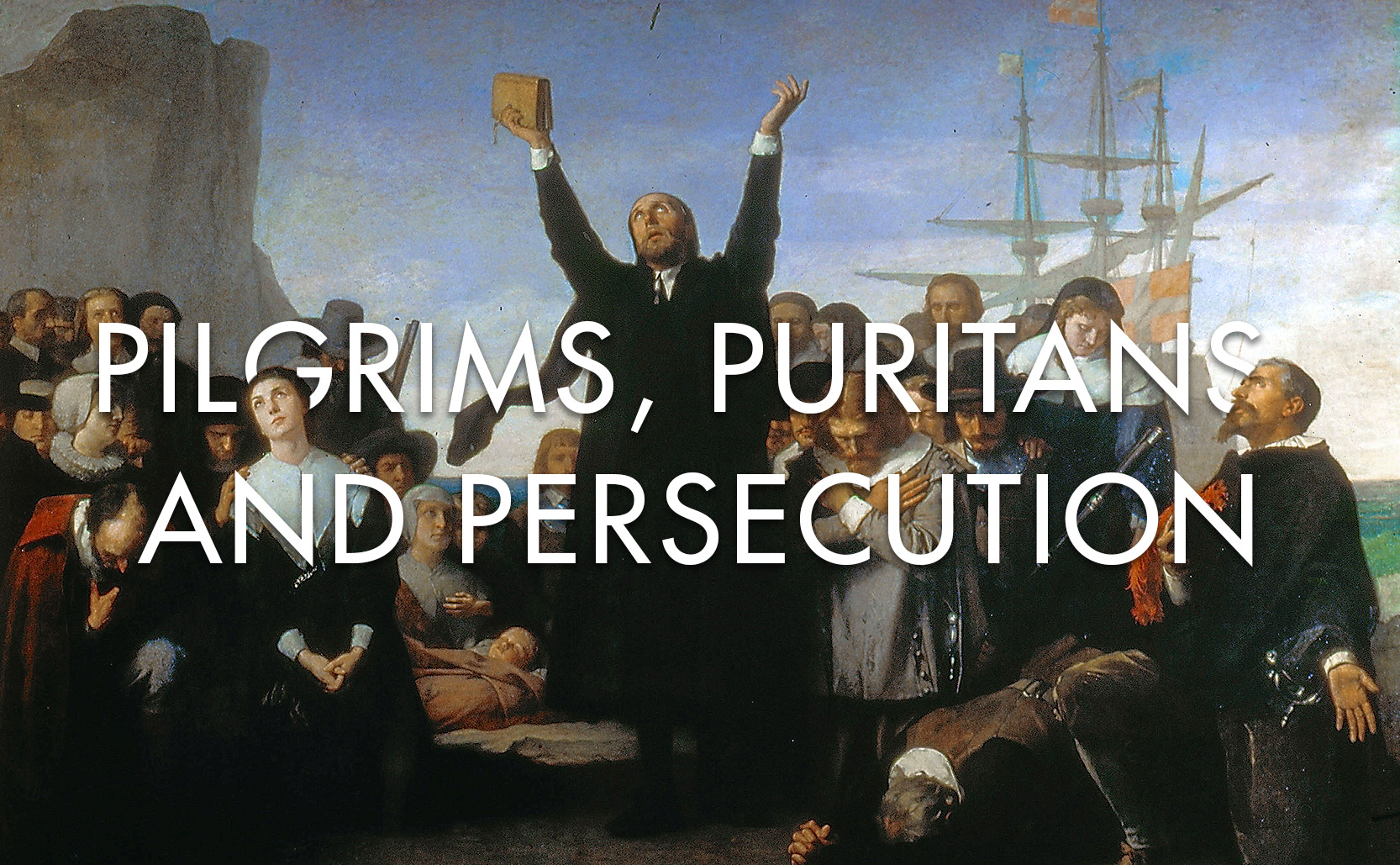The Pilgrims and the Puritans shaped early America, not always for the better.
After Henry VIII renounced the Catholic Church in 1534 it set England on a path towards total separation from Rome. The religious direction of the country swung back and forth between Catholicism and Protestantism until Elizabeth I finalized the direction of the country making England a protestant country through the Church of England.
Religious dissent was not tolerated in Elizabeth’s England. During her reign the government ratcheted up the pressure for religious compliance. People were fined if they did not attend Church of England masses, Catholics practicing in secret risked possible execution if caught, etc. However, once the precedent of rejecting established beliefs had been set, others followed suit.

Pilgrims
During this unstable religious period some people began to create new faith ideas. In Nottinghamshire people started separatist congregations, turning away from the Church of England. To escape English persecution these separatists moved to the Netherlands in the early 17th century. While Holland was more religiously tolerant, it was foreign and had limited economic opportunities since the English separatists were classified as unskilled laborers. They wanted a place to call their own with a new start. In 1620 they left the Netherlands for Southampton where they boarded the Mayflower and the Speedwell sailing to North America. These congregational separatists would become known as the Pilgrims.
Theologically the Pilgrims completely separated themselves from the Church of England. They were largely Calvinists. They believed in a direct personal relationship with God, they rejected a hierarchical church leadership, they rejected most of the sacraments, and they believed in the predestination of souls (that God had already decided who goes to Heaven or Hell).
After 66 days at sea the Pilgrims arrived in Provincetown Harbor, at the tip of Cape Cod. A month later they moved across the harbor to Plymouth founding the Plymouth Colony. Incidentally it wasn’t until 121 years later in 1741 that a boulder was identified as “Plymouth Rock”, the alleged landing spot of the Pilgrims. In 1621 the Pilgrims worked with the Wampanoag to celebrate the first Thanksgiving, the thing they are perhaps most famous for (and an idea they probably borrowed from the Dutch).
Puritans
So who were the Puritans? In a nutshell they were better financed and a lot less tolerant than the Pilgrims. The Puritans arrived in Massachusetts in 1630, 10 years after the Pilgrims, on 17 ships, with a lot more money and a lot more people. By 1640 the Puritans were around 20,000 in number while the Pilgrims of Plymouth were about 2,600.
Unlike the Pilgrims, the Puritans did not see themselves as separatists. In fact, they felt the Church of England didn’t go far enough to separate itself from Catholicism and worked to “purify” the faith (hence the name “Puritans”).

Persecution
For a story of people seeking religious freedom, it’s perhaps surprising how much intolerance was baked into America from the beginning. In a case of the persecuted becoming the persecutor, many of the protestant settlers were intolerant of others just as England had been towards them. In establishing their colonies the settlers used their religious beliefs as a justification to discriminate against the Native Americans as well as other types of Christians.
The Pilgrims tended to be more tolerant than the Puritans, but even the Pilgrims would expel religious dissenters and killed Native Americans. In 1637 the Puritans massacred between 400-700 Pequot people along the Mystic River in Connecticut. Quakers were hung in Boston in 1659 and 1661 for returning to the city after having been cast out for their differing religious beliefs by the Puritans. By the end of the 17th century Puritan intolerance & suspicions led to the Salem witch trials, executing 19 people. Even after the American Revolution, depending on what state you were in, Catholics were banned from holding public office, Jews did not have full civil rights, etc. Puritanical protestants used their beliefs to justify their bigotry.
That said not every American colonist was intolerant. Thomas Jefferson, James Madison, and John Adams all advocated for religious freedom and established the separation of church and state. Adopted in 1791, the First Amendment of the US Constitution guarantees the freedom to exercise religion, but even today the struggle for tolerance and the secularization of government continues. The Pilgrims and the Puritans continue to be mythologized, creating the idea of an America that never existed.





